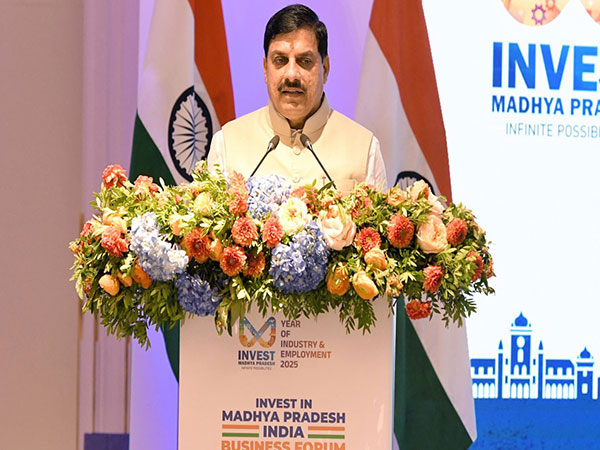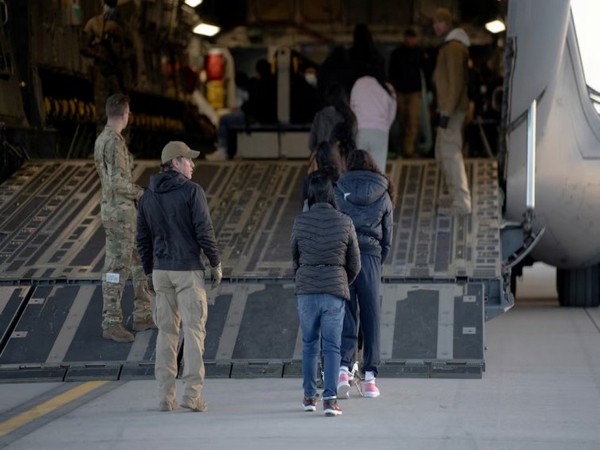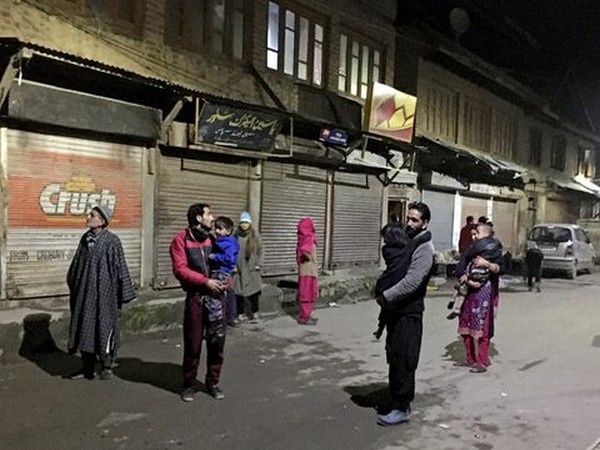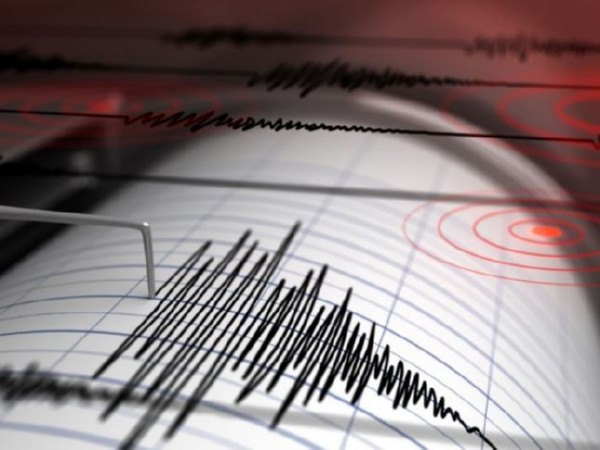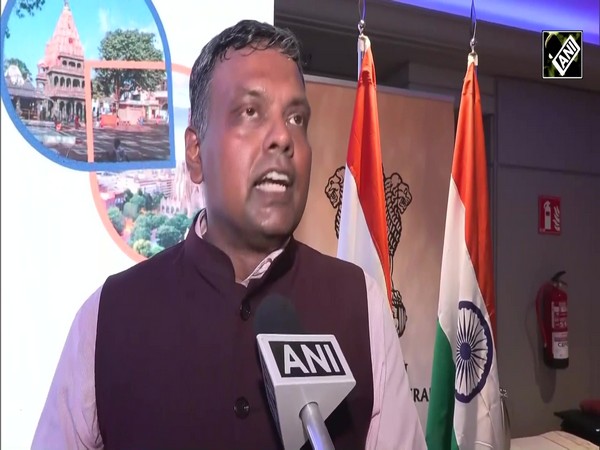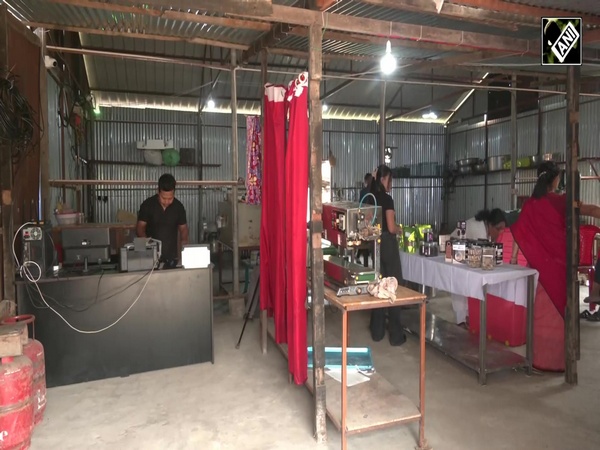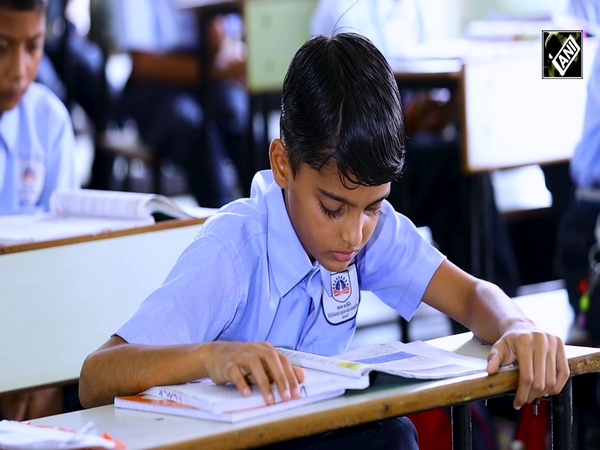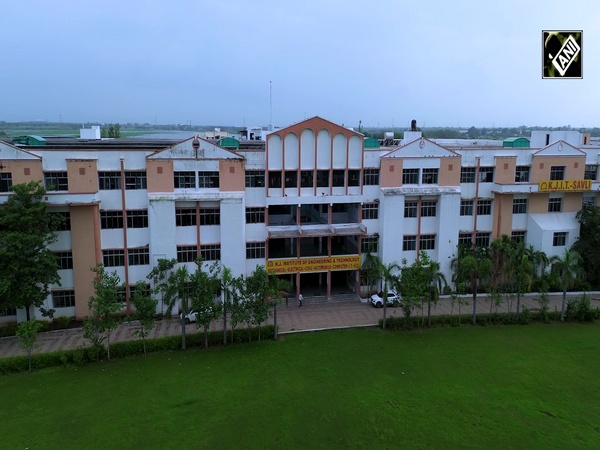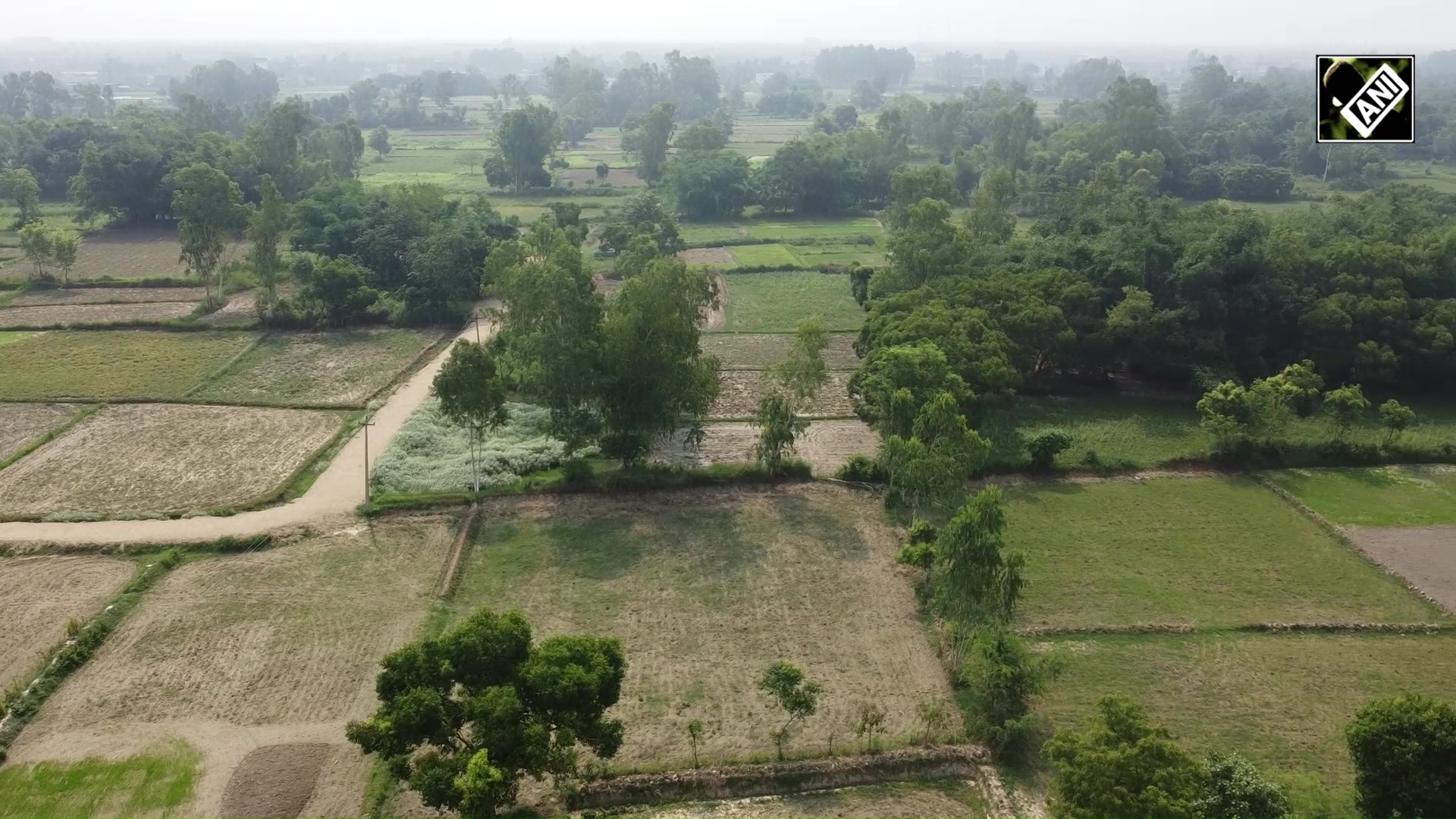International aid rises in 2023 with increased support to humanitarian needs: OECD
Apr 13, 2024

Dubai [UAE], April 13 (ANI/WAM): International aid from official donors rose in 2023 to a new all-time high of USD 223.7 billion, up from USD 211 billion in 2022, as provider countries increased aid flows to Ukraine and directed more humanitarian assistance to developing countries, according to preliminary data collected by the Organisation for Economic Co-operation and Development (OECD).
In 2023, the 1.8% rise in real terms was the latest in a series of annual increases in Official Development Assistance (ODA) provided by members of the OECD's Development Assistance Committee (DAC) and the fifth consecutive year that ODA has set a new record. Total 2023 aid is up by a third from 2019 levels, reflecting the additional aid provided since, related to the COVID-19 pandemic and Ukraine.
At 0.37% of DAC donors' combined Gross National Income (GNI) for a second year running, the ODA total still lags behind a long-standing UN target of 0.7% ODA to GNI. Of the DAC members, five countries - Denmark, Germany, Luxembourg, Norway and Sweden - exceeded the 0.7% UN ODA/GNI target in 2023. The biggest providers of aid by volume were the United States, Germany, Japan, the United Kingdom and France. In 2023, out of the 31 DAC member countries, ODA was higher in 14 DAC countries and lower in 17 DAC countries, due in many cases to lower refugee costs and, in some cases, lower levels of loans provided. ODA rose for EU Institutions too, which are also a DAC member.
ODA to Ukraine, where the war is entering its third year, rose by 9% in 2023 to reach USD 20 billion, including USD 3.2 billion of humanitarian aid. In 2023, ODA also increased to the West Bank and Gaza with preliminary estimates showing a rise of 12% on 2022 to USD 1.4 billion. Within that total, USD 758 million was in the form of humanitarian aid, which increased by 91% from 2022. On a global level, humanitarian aid rose by 4.8% in 2023 to reach USD 25.9 billion.
ODA used to cover refugee costs within donor countries fell by 6.2% in 2023 to stand at USD 31 billion, representing 13.8% of total ODA compared with 14.7% in 2022. For 7 of the 31 DAC countries, in-donor refugee costs still accounted for over a quarter of their ODA in 2023. ODA excluding these in-donor refugee costs was up by 3.2% in real terms.
Official Development Assistance has remained an important, stable and reliable source of external finance for developing countries. Donor countries have provided a record level of international aid for the fifth year in a row, maintaining their support for long-term development priorities while helping countries around the world to meet short-term needs caused by external shocks and pressures," OECD Secretary-General Mathias Cormann said. "With slower growth and rising debt servicing costs, developing countries are facing additional fiscal pressures and increasing risk of debt distress. Long-term structural challenges such as climate change and deepening economic and social disparities, are compounding these pressures, so we must remain focused and committed to helping the most vulnerable to meet their economic development and growth objectives."
The preliminary data show that bilateral aid flows from DAC members to the group of least developed countries were USD 37 billion, an increase of 3% in real terms in 2023 compared to 2022, when it showed a drop of 6.2%.
ODA makes up over two thirds of external finance for least developed countries. The OECD also monitors flows from some non-DAC providers and private foundations. Preliminary data released each April is followed by final data at the end of the year with a detailed geographic and sectoral breakdown.
"I am pleased to see an overall increase in ODA, which preliminary data suggests is still the case if we exclude in-donor refugee costs, COVID-19 and Ukraine. This demonstrates that overall donor funding for these crises in recent years has not come at the expense of other ODA priorities," OECD DAC Chair Carsten Staur said. "Going forward we need donors to ramp up their support for the poorest and most vulnerable countries, in particular least developed countries and countries in Sub-Saharan Africa. We need more focus on efforts to help partner countries counter extreme poverty and address climate change."
Since 2019, ODA has risen by 34% from USD 160 billion to USD 214 billion (in constant 2022 prices), as DAC members mostly maintained or increased ODA budgets to support developing countries. Over the same period, humanitarian aid rose by 37.4% (from USD 18 billion to USD 25 billion), while remaining at 10-12% of total ODA, while in-donor refugee costs jumped by 184% from USD 10 billion to USD 29 billion.
Showing its resilience in responding to crises, ODA increased by 4.1%, 8.3% and 16.8% respectively in 2020, 2021 and 2022 as GDP growth across OECD countries fluctuated from -4.2% in 2020 to +5.9% in 2021 and +2.9% in 2022. The 1.8% rise in 2023 ODA was in line with that year's GDP growth of 1.7%. (ANI/WAM)
